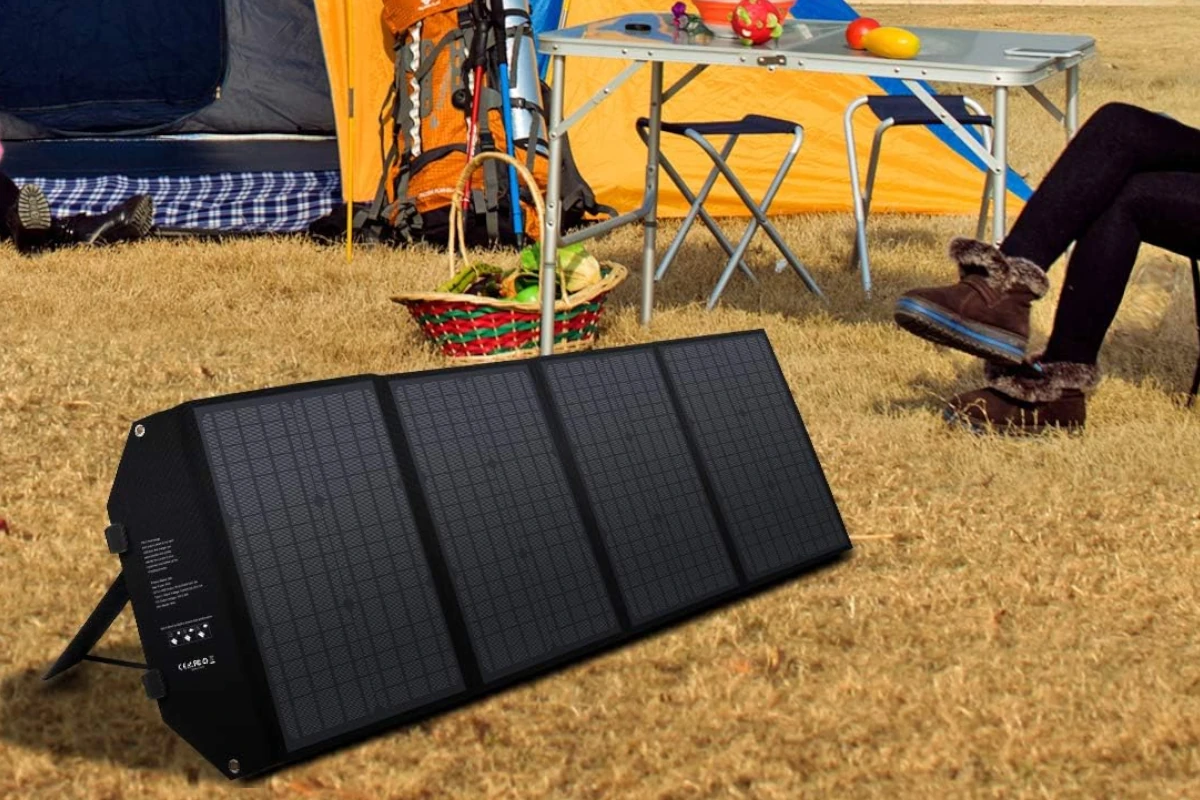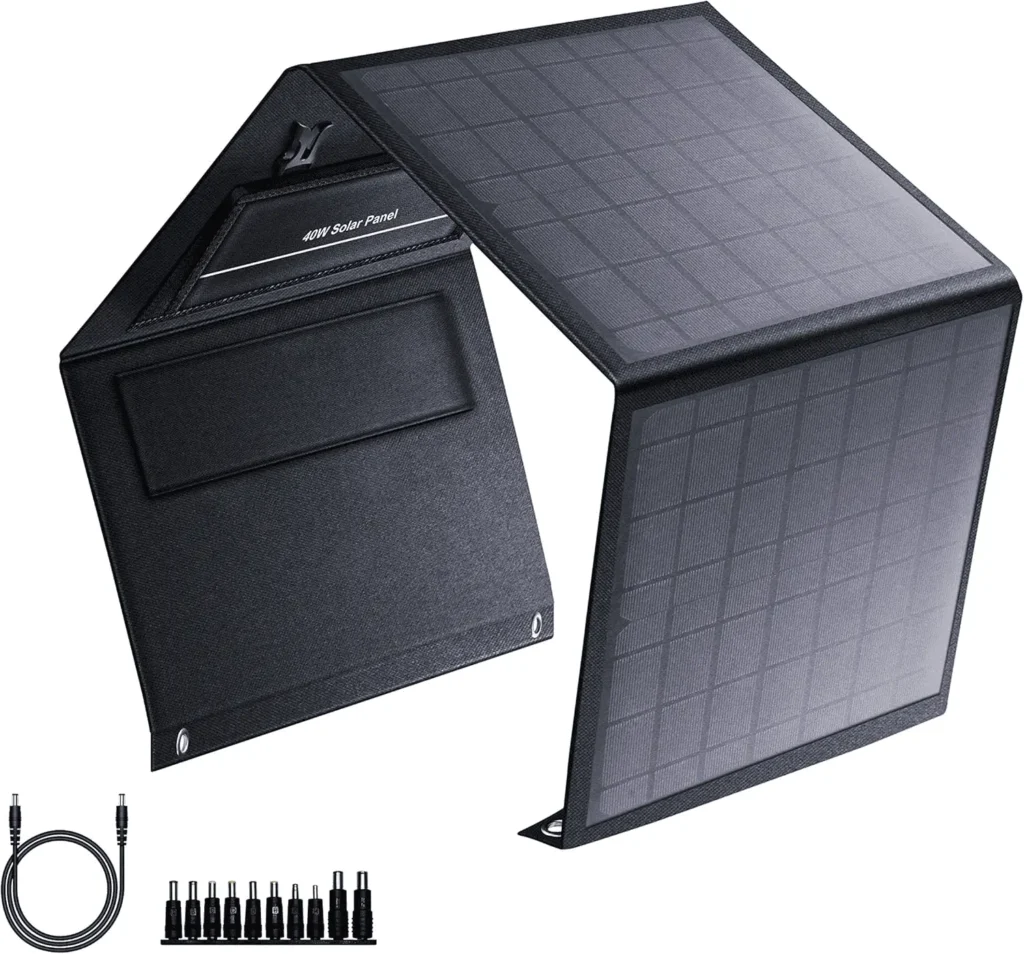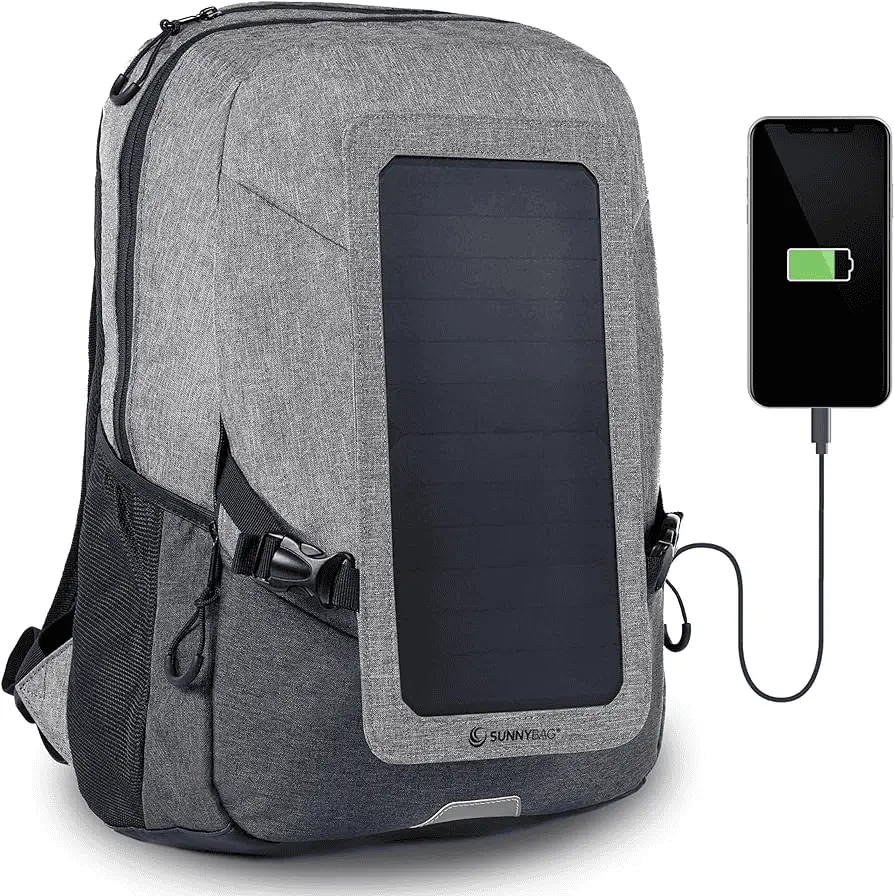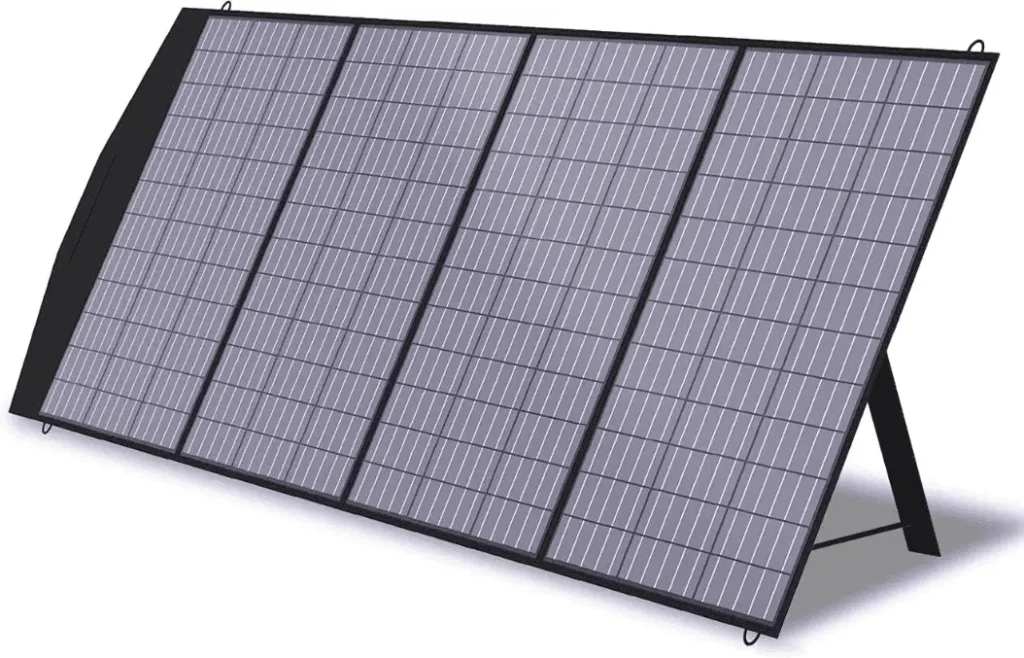
Do Portable Solar Laptop Chargers Really Work?
Portable solar laptop chargers are a convenient way to power devices on the go. They use sunlight to generate electricity, keeping laptops and other electronics running when away from outlets. The best ones can fully power a laptop in about 5-8 hours of direct sunlight. The idea of charging your laptop using nothing but sunlight is appealing in an era of remote work and outdoor adventures. But do portable solar laptop chargers really work as advertised? This piece delves into the mechanics of these devices, exploring the factors that influence their performance and the different types available.
You’ll gain insights into real-world expectations and practical considerations to help you determine if a portable solar laptop charger is the right solution for your on-the-go power needs. Solar laptop chargers come in many sizes and styles. Some are small panels that fold up for easy packing. Others have built-in batteries to store power for later use. Most connect to laptops via USB ports or power adapters. Using a solar charger helps cut energy costs and reduce reliance on the power grid. It’s great for outdoor trips, emergencies, or working remotely. With improving tech, solar chargers are getting more powerful and user-friendly each year.

Powering Your Laptop Off-Grid: Exploring Portable Solar Laptop Chargers
How Portable Solar Laptop Chargers Work
Portable solar laptop chargers harness solar energy to charge your laptop’s battery. They consist of solar panels that convert sunlight into electricity and a battery pack to store the energy. When exposed to sunlight, the solar panels generate electricity, which is then stored in the battery pack. You can connect your laptop to the battery pack to charge it.
Factors Affecting Charging Performance
Several factors influence the charging speed and effectiveness of portable solar laptop chargers:
- Wattage: The wattage of the solar panel determines how much power it can generate. Higher wattage panels charge faster but are larger and heavier.
- Sunlight Intensity: Direct sunlight yields the best results. Cloudy or shaded conditions significantly reduce charging efficiency.
- Solar Panel Efficiency: Different panels have varying efficiency rates. Higher efficiency panels convert more sunlight into electricity.
- Laptop Power Consumption: Laptops with higher power demands require more energy to charge, impacting charging time.
Types of Portable Solar Laptop Chargers
| Type | Description | Pros | Cons |
|---|---|---|---|
| Foldable Solar Panels | Compact and portable, with multiple panels that unfold for larger surface area. | Lightweight, easy to transport, versatile for charging multiple devices. | Less powerful than rigid panels, charging time depends on sunlight conditions. |
| Rigid Solar Panels | Single, larger solar panel. | More powerful than foldable panels, faster charging in optimal conditions. | Bulky and less portable, more expensive. |
| Solar Power Banks | Combine solar panels with a built-in battery pack. | Convenient for storing energy and charging devices later. | Limited power output, longer charging time compared to direct solar charging. |
Real-World Performance
Portable solar laptop chargers do work, but their effectiveness varies depending on the factors mentioned above. In ideal conditions with ample sunlight and a powerful charger, you can expect to charge your laptop fully within a few hours. However, in less optimal conditions, it may take significantly longer or only provide a partial charge.
Practical Considerations
Before investing in a portable solar laptop charger, consider the following:
- Your Power Needs: Assess your laptop’s power requirements and choose a charger with sufficient wattage.
- Portability: If you need a lightweight and easy-to-carry charger, foldable panels are a good option.
- Budget: Solar chargers vary in price depending on their power output and features.
- Additional Features: Some chargers offer extra features like USB ports for charging other devices or built-in lights.
Solar Backpacks and Laptop Bags

These innovative bags integrate solar panels into their design, allowing you to charge your devices while on the move. They offer a convenient and hands-free way to harness solar energy, especially for outdoor enthusiasts and travelers.
Solar Power Stations
These portable power stations come with built-in batteries and multiple charging ports, including AC outlets and USB ports. They can be charged via solar panels or wall outlets, making them versatile power sources for various devices, including laptops.
Flexible Solar Panels
These lightweight and bendable panels are designed for maximum portability. They can be easily attached to backpacks, tents, or other surfaces, making them ideal for camping and hiking trips.
Solar Chargers with Built-in Batteries
These chargers combine solar panels with a battery pack, allowing you to store energy for later use. They are a convenient option for charging devices when sunlight is not available.
Key Takeaways
- Portable solar chargers use sunlight to power laptops and other devices
- Models range from small foldable panels to larger units with built-in batteries
- Solar charging saves money and works well for outdoor use or during power outages
Design and Portability of Solar Laptop Chargers
Solar laptop chargers come in various shapes and sizes. They blend good looks with practical features. These devices aim to be light and easy to carry.
Physical Characteristics and Build Quality
Most solar laptop chargers are flat and thin. They often have a black or dark blue color. The panels are made of tough plastic or metal. Some chargers fold up like a book. Others roll into a tube shape.
The best models use high-quality materials. This helps them last longer. Many have a textured surface for better grip. Some chargers have a sleek, modern look. Others focus more on rugged design.
Portability Features
Solar chargers are built to be carried around. Many weigh less than 2 pounds. Foldable designs are common. They can fit in a backpack or laptop bag.
Some chargers have built-in handles. Others come with straps or cases. Kickstands help prop up the panels. This lets users aim them at the sun. Carabiners are great for attaching chargers to bags.
Weatherproofing and Durability
Good solar chargers can handle outdoor use. Many are water-resistant. This protects them from rain and splashes. Some can even float in water.

Durable chargers use strong plastics. They can survive drops and bumps. UV-resistant coatings help prevent sun damage. Dust-proof designs keep dirt out of ports and joints.
The best chargers work in extreme temps. They can charge in hot deserts or cold mountains. Sturdy zippers and seals keep water out when folded.
Performance and Compatibility
Portable solar laptop chargers offer varying levels of efficiency and device support. Key factors include charging speed, power output, and compatibility with different devices.
Charging Efficiency and Solar Input
Solar chargers convert sunlight into electricity at different rates. The best models have high conversion rates, up to 25%. Factors like panel size and sunlight strength affect output. A 20W charger can take 4-6 hours to charge a laptop in full sun. Partial shade reduces power output.
Some chargers work better in low light. The X-Dragon 20W performs well in cloudy conditions. Others, like the EcoFlow 220W, need direct sunlight for best results.
Many chargers have built-in kickstands. These help angle panels for maximum sun exposure. The Goal Zero Nomad 5 has adjustable legs for optimal positioning.
Device Compatibility and Connectivity Options
Most solar chargers can power various gadgets. They often have USB-A and USB-C ports for phones and tablets. Some include DC outputs for laptops.
USB-C is becoming standard. It allows fast charging for newer devices. The Jackery SolarSaga 100 offers both USB-A and USB-C options.
Some chargers work with car batteries or wall outlets. This makes them useful as backup power sources. The FlexSolar 40W can charge from multiple sources.
Check voltage output before buying. Make sure it matches your laptop’s needs. Some chargers have voltage regulators to prevent damage.

Integrated Technology and Special Features
Advanced chargers have built-in safety features. These include short circuit protection and voltage control. The BioLite SolarPanel 5+ has a power bank for storing energy.
Smart charging tech adjusts output based on the device. This speeds up charging and protects batteries. Some models have displays showing power levels and charging status.
Durability is key for outdoor use. Look for water-resistant or rugged designs. The Nekteck 21W is built for tough conditions.
Some chargers double as power banks. They store energy for later use. This is handy when sunlight isn’t available.
Check also our post: Good Security Tips For Protecting Your Laptop from Theft



